-
 Bitcoin
Bitcoin $82,666.6102
-0.79% -
 Ethereum
Ethereum $1,784.7960
-1.02% -
 Tether USDt
Tether USDt $0.9996
0.02% -
 XRP
XRP $2.1257
-0.64% -
 BNB
BNB $592.3902
-0.42% -
 USDC
USDC $0.9999
0.02% -
 Solana
Solana $117.4685
-1.68% -
 Dogecoin
Dogecoin $0.1672
-1.55% -
 Cardano
Cardano $0.6486
-2.86% -
 TRON
TRON $0.2388
-0.62% -
 Chainlink
Chainlink $12.6264
-1.48% -
 UNUS SED LEO
UNUS SED LEO $8.9748
-4.45% -
 Toncoin
Toncoin $3.2369
-5.07% -
 Stellar
Stellar $0.2523
-3.16% -
 Avalanche
Avalanche $17.8476
-2.45% -
 Shiba Inu
Shiba Inu $0.0...01211
-1.64% -
 Sui
Sui $2.1892
-2.55% -
 Hedera
Hedera $0.1597
-3.77% -
 Litecoin
Litecoin $82.3531
-1.88% -
 Polkadot
Polkadot $3.9109
-4.55% -
 MANTRA
MANTRA $6.2589
-1.98% -
 Bitcoin Cash
Bitcoin Cash $297.7127
-1.02% -
 Dai
Dai $1.0001
0.04% -
 Bitget Token
Bitget Token $4.4351
-2.15% -
 Ethena USDe
Ethena USDe $0.9991
-0.03% -
 Pi
Pi $0.6450
21.59% -
 Monero
Monero $216.0365
0.55% -
 Hyperliquid
Hyperliquid $11.4792
-0.63% -
 Uniswap
Uniswap $5.8107
-0.91% -
 OKB
OKB $50.4811
4.99%
What is a Layer 2 solution?
Layer 2 solutions (L2) are protocols built on existing blockchains to provide increased scalability and faster transaction speeds without compromising core blockchain principles.
Feb 18, 2025 at 02:37 am
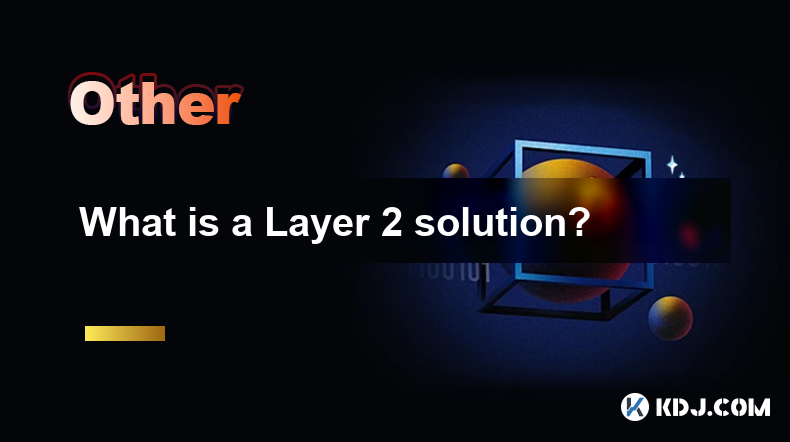
Key Points
- Definition: Layer 2 (L2) solutions are protocols that are built on top of existing blockchains, providing additional scalability and transaction speed without compromising security or decentralization.
- Purpose: L2 solutions address the limitations of scaling Layer 1 blockchains, such as slow transaction speeds and high gas fees, while maintaining the core principles of blockchain technology.
Types of L2 Solutions:
- Payment Channels: Off-chain transactions between two or more parties that are recorded and settled on the blockchain as a batch.
- Rollups: Transactions are executed off-chain and their validity is cryptographically verified on the main chain.
- State Channels: Multi-party extensions of payment channels that support complex state updates.
- Plasma: A tree-structured framework that scales transactions based on validity proofs.
- Validiums: Similar to rollups, but without validity proofs, resulting in higher transaction speeds but reduced security compared to rollups.
Benefits of L2 Solutions:
- Increased transaction speed: L2 solutions process transactions off-chain, allowing for faster confirmations and reduced latency.
- Lower transaction costs: Off-chain processing reduces the computational overhead on the main chain, leading to lower transaction fees.
- Enhanced scalability: L2 solutions can handle a higher volume of transactions than L1 blockchains, facilitating mass adoption.
Limitations of L2 Solutions:
- Security concerns: Some L2 solutions sacrifice decentralization for performance, potentially compromising the security of the blockchain.
- Complexity: Implementing and using L2 solutions can be technically challenging, especially for non-technical users.
- Limited interoperability: L2 solutions often connect with specific L1 blockchains, limiting their cross-chain capabilities.
Types of Layer 2 Solutions
Payment Channels
- Used for high-frequency, low-value transactions between known parties.
- Parties open a channel off-chain, exchange updates without broadcasting them to the blockchain, and settle the channel when closed or updated.
Benefits:
- Fast and cheap transactions
- Privacy
Drawbacks:
- Limited to known parties
- Requires trust between participants
Rollups
- Bundles multiple transactions into a single transaction (batch) and records its cryptographic proof on the blockchain.
Types of rollups:
- Optimistic rollups: Assume transactions are valid and post a fraud proof if necessary.
- Zero-knowledge (ZK) rollups: Use cryptographic techniques to verify transaction validity without revealing transaction details.
Benefits:
- High transaction throughput
- Reduced transaction costs
Drawbacks:
- Latency when withdrawing funds from the L2
- Security risks if fraud proofs are not submitted on time
State Channels
- Multi-user extension of payment channels that support complex state transitions.
- Parties can modify the state of a contract on the L2 without updating the L1 blockchain.
- State changes are signed by all participants and committed to the L1 blockchain as necessary.
Benefits:
- Complex interactions off-chain
- Privacy and scalability
Drawbacks:
- Slow dispute resolution
- Limited interoperability
Plasma
- Tree-structured framework for scaling transactions.
- Child chains are created where transactions are processed and then merged with the parent chain.
Benefits:
- Highly scalable
- Low transaction costs
Drawbacks:
- Can compromise security if fraud is not detected
- Limited interoperability
Validiums
- Similar to rollups but without validity proofs.
- Transactions are verified by an external authority and recorded on the L1 blockchain as valid.
Benefits:
- Extremely fast transaction throughput
- Low transaction costs
Drawbacks:
- Reduced security compared to rollups
- Potential for centralization
Frequently Asked Questions
- Q: Why use L2 solutions instead of increasing the block size of L1 blockchains?
- A: Increasing block size compromises decentralization and transaction validity. L2 solutions maintain decentralization while enhancing scalability.
- Q: Are L2 solutions always more secure than L1 blockchains?
- A: No. Some L2 solutions, such as validiums, sacrifice decentralization for performance, potentially reducing security.
- Q: Which L2 solution is the best?
A: The best L2 solution depends on specific requirements:
- Speed: Validiums or rollups
- Security: ZK rollups
- Privacy: Payment channels
- Q: When should I use an L2 solution?
- A: L2 solutions are suitable for use cases with frequent, low-value transactions or applications that demand fast transaction speeds.
Disclaimer:info@kdj.com
The information provided is not trading advice. kdj.com does not assume any responsibility for any investments made based on the information provided in this article. Cryptocurrencies are highly volatile and it is highly recommended that you invest with caution after thorough research!
If you believe that the content used on this website infringes your copyright, please contact us immediately (info@kdj.com) and we will delete it promptly.
- Aptos (APT) Spot ETF Application by Bitwise Asset Management Sparks Fresh Excitement in the Crypto Market
- 2025-04-06 00:20:12
- Bitcoin and Ethereum Prices End Q1 of 2025 in the Red
- 2025-04-06 00:20:12
- CryptoQuant Reveals the Growing Influence of “New Whales” in the Bitcoin Market
- 2025-04-06 00:15:12
- NoviqTech Tokenizes Recycled Amines on Hedera Network
- 2025-04-06 00:15:12
- FX Guys (FXG) Token, The Next 100x Altcoin
- 2025-04-06 00:10:12
- DePIN track leader Roam will participate as a primary sponsor in the 2025 Hong Kong Web3 Carnival
- 2025-04-06 00:10:12
Related knowledge
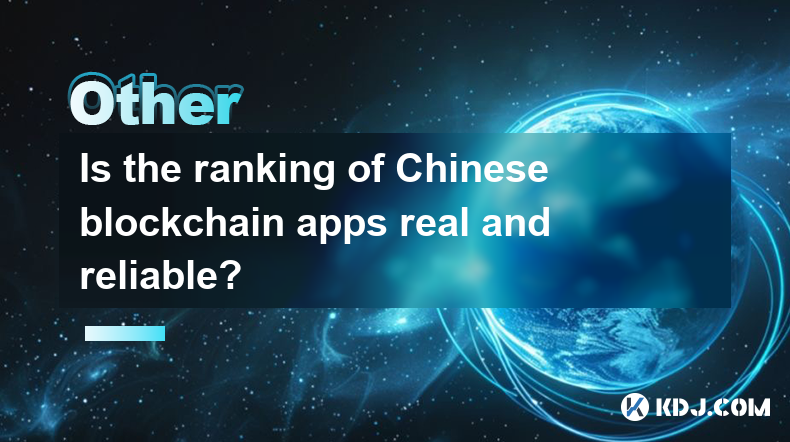
Is the ranking of Chinese blockchain apps real and reliable?
Apr 04,2025 at 09:01pm
The ranking of Chinese blockchain apps has become a topic of interest for many in the cryptocurrency community, as it provides insights into the popularity and adoption of blockchain technology within China. However, the reliability and authenticity of these rankings are often questioned. This article aims to delve into the factors that influence these ...
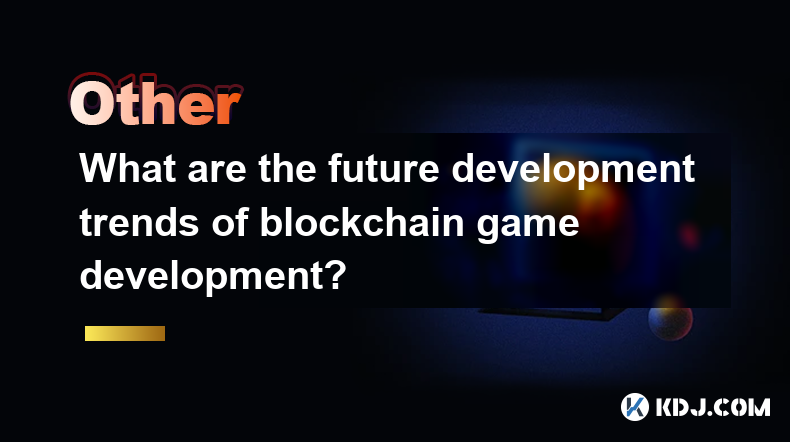
What are the future development trends of blockchain game development?
Apr 03,2025 at 05:00am
Blockchain technology has revolutionized various industries, and gaming is no exception. As we look to the future, several trends are set to shape the development of blockchain games. These trends not only promise to enhance the gaming experience but also to integrate blockchain technology more seamlessly into the gaming ecosystem. Let's explore these t...
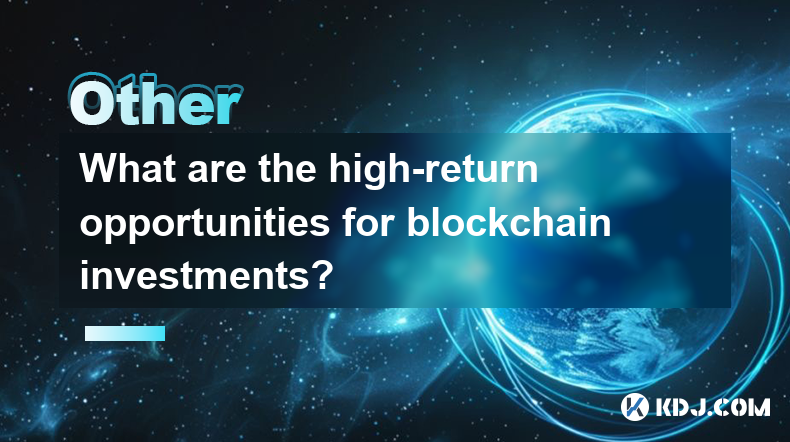
What are the high-return opportunities for blockchain investments?
Apr 05,2025 at 02:35pm
Blockchain technology has revolutionized the financial world, offering numerous high-return investment opportunities. These opportunities span various sectors within the cryptocurrency ecosystem, including cryptocurrencies, decentralized finance (DeFi), non-fungible tokens (NFTs), and blockchain startups. Each of these areas presents unique risks and re...
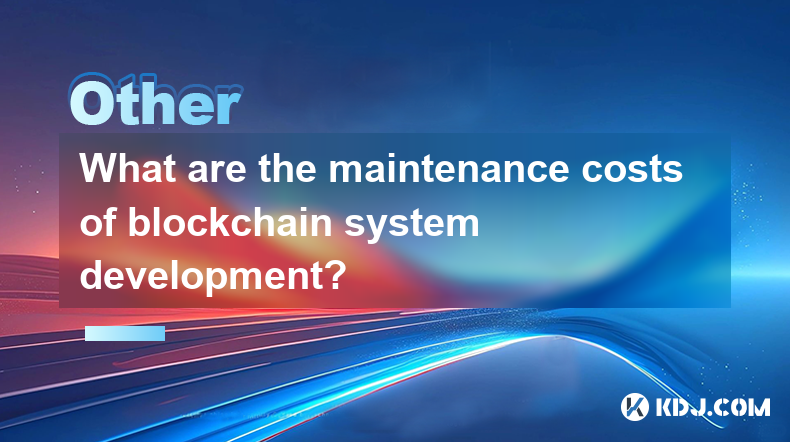
What are the maintenance costs of blockchain system development?
Apr 03,2025 at 06:07pm
The maintenance costs of blockchain system development are multifaceted and depend on various factors. These costs can include technical maintenance, security updates, infrastructure expenses, and personnel costs. Understanding these elements is crucial for anyone planning to develop or maintain a blockchain system. Technical MaintenanceTechnical mainte...
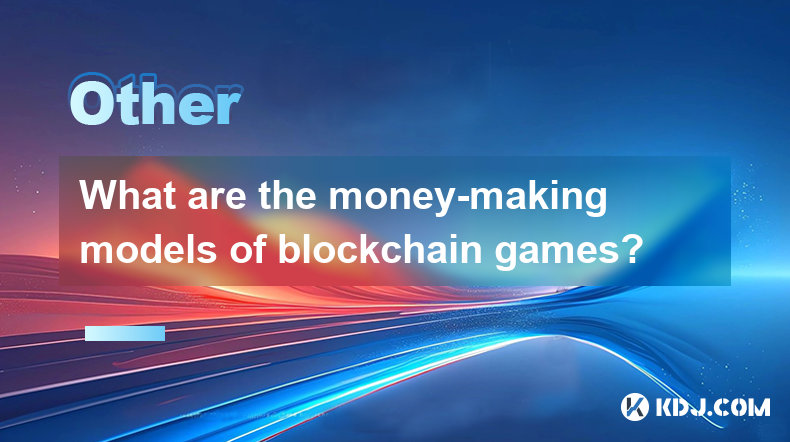
What are the money-making models of blockchain games?
Apr 04,2025 at 02:00pm
Blockchain games have emerged as a revolutionary way for players to earn real money while enjoying their favorite pastime. These games leverage the power of blockchain technology to create unique money-making models that benefit both the players and the developers. In this article, we will explore the various money-making models of blockchain games and ...
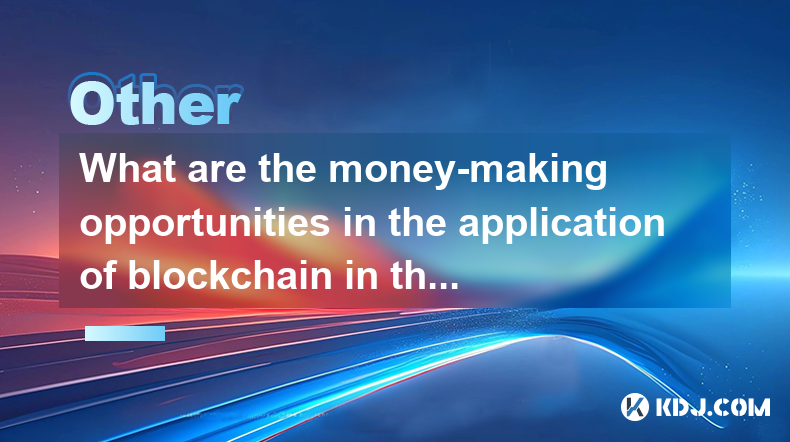
What are the money-making opportunities in the application of blockchain in the field of Internet of Things?
Apr 05,2025 at 10:35pm
The integration of blockchain technology with the Internet of Things (IoT) presents numerous money-making opportunities. Blockchain, with its decentralized and secure nature, can revolutionize how IoT devices interact, manage data, and conduct transactions. This article will explore various avenues where entrepreneurs, developers, and investors can capi...

Is the ranking of Chinese blockchain apps real and reliable?
Apr 04,2025 at 09:01pm
The ranking of Chinese blockchain apps has become a topic of interest for many in the cryptocurrency community, as it provides insights into the popularity and adoption of blockchain technology within China. However, the reliability and authenticity of these rankings are often questioned. This article aims to delve into the factors that influence these ...

What are the future development trends of blockchain game development?
Apr 03,2025 at 05:00am
Blockchain technology has revolutionized various industries, and gaming is no exception. As we look to the future, several trends are set to shape the development of blockchain games. These trends not only promise to enhance the gaming experience but also to integrate blockchain technology more seamlessly into the gaming ecosystem. Let's explore these t...

What are the high-return opportunities for blockchain investments?
Apr 05,2025 at 02:35pm
Blockchain technology has revolutionized the financial world, offering numerous high-return investment opportunities. These opportunities span various sectors within the cryptocurrency ecosystem, including cryptocurrencies, decentralized finance (DeFi), non-fungible tokens (NFTs), and blockchain startups. Each of these areas presents unique risks and re...

What are the maintenance costs of blockchain system development?
Apr 03,2025 at 06:07pm
The maintenance costs of blockchain system development are multifaceted and depend on various factors. These costs can include technical maintenance, security updates, infrastructure expenses, and personnel costs. Understanding these elements is crucial for anyone planning to develop or maintain a blockchain system. Technical MaintenanceTechnical mainte...

What are the money-making models of blockchain games?
Apr 04,2025 at 02:00pm
Blockchain games have emerged as a revolutionary way for players to earn real money while enjoying their favorite pastime. These games leverage the power of blockchain technology to create unique money-making models that benefit both the players and the developers. In this article, we will explore the various money-making models of blockchain games and ...

What are the money-making opportunities in the application of blockchain in the field of Internet of Things?
Apr 05,2025 at 10:35pm
The integration of blockchain technology with the Internet of Things (IoT) presents numerous money-making opportunities. Blockchain, with its decentralized and secure nature, can revolutionize how IoT devices interact, manage data, and conduct transactions. This article will explore various avenues where entrepreneurs, developers, and investors can capi...
See all articles




















































































